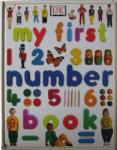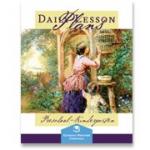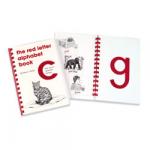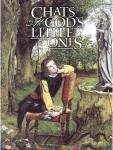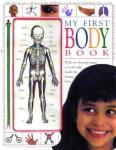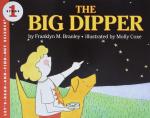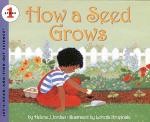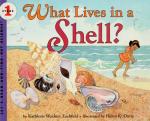Kindergarten
My First Number Book
Chats With God's Little Ones
Chats With God's Little Ones is a unique Catholic religion course for the youngest of students from pre-kindergarten up through the second grade. Written to the teacher, the lessons are designed to be used orally with the student in a Charlotte Mason three-step style of asking the child, answering with the child, and the re-telling by the child. The lessons are presented as guided scripts for the teacher, who can personalize them and adapt them to the needs and interest of the child.
My First Body Book
This is a fun and very kid-friendly introduction to the body and its various functions and capabilities. It begins with a set of transparent overlays which portray the skeleton (skeletal system), the heart, lungs and blood (cardiovascular system), and the brain and nerves and digestive system. When I first got this book (back in the days when I was a DK representative for a short time) I worried that this book wouldn't hold up very well. After more than three years of use by little hands, I have to admit it's done quite well.
The Big Dipper
A very simple science book for children with cartoon-like pictures (nice cartoon, not cheezy-cartoon) that introduces some basic concepts about the stars. The very simple story line discusses looking at the night sky, that you see different stars in the summer and winter, where the big dipper got it's name, the names of the stars that make up the big dipper, how people can find direction from the North Star and the traditional constellation Ursa Major that the Big Dipper belongs to.
How a Seed Grows
A very simple, charming book that explains to young children what seeds are and takes them through the development of some bean seeds. The growth present each day is illustrated in the book and the child is invited to try grow the beans themselves and watch the progress in real life. The book also introduces children to different kinds of seeds (for trees, flowers, vegetables, etc.), and how each seed will grow into the same kind of plant that it came from, and the basic things necessary to make a plant grow.
What Lives in a Shell?
This beautifully illustrated book, designed for preschool and kindergarten, explains different kinds of shells and the creatures that inhabit them. The shells are compared to the shelter occupied by people and by other animals. We learn that some shells do grow larger along with certain animals while other animals must shed their out-grown shell in favor of a new one. Many shells are beautifully depicted and identified and the story-format of the text is very easy and interesting for young children to follow.

